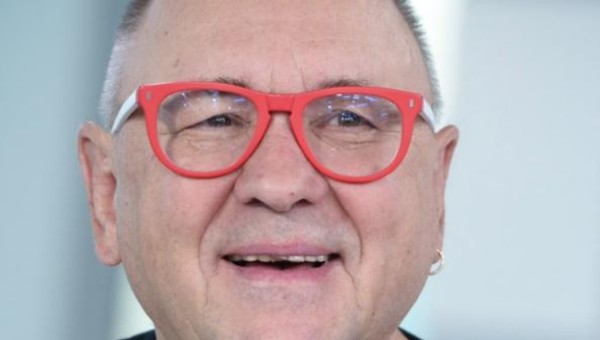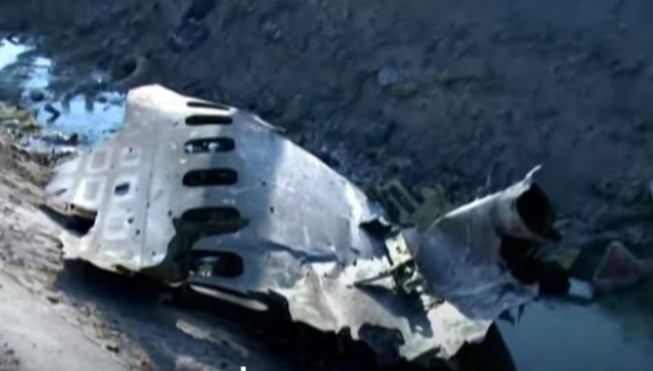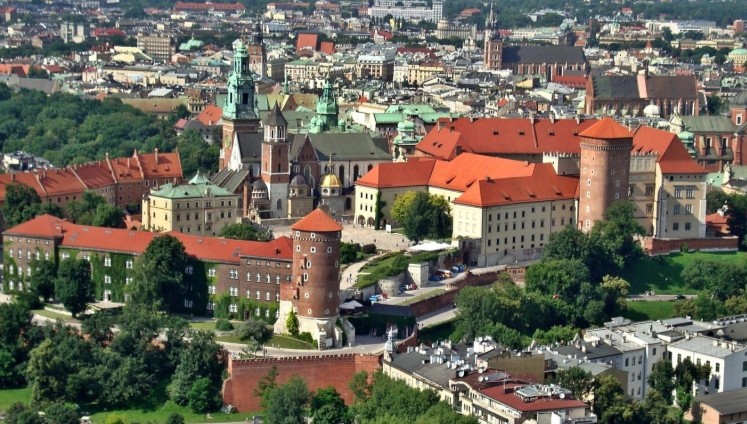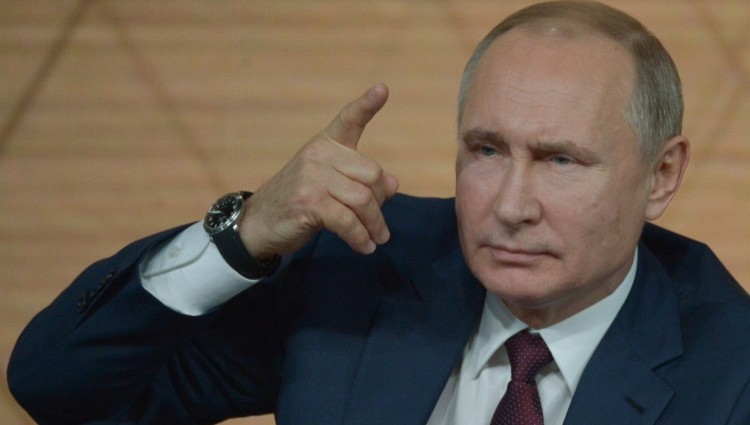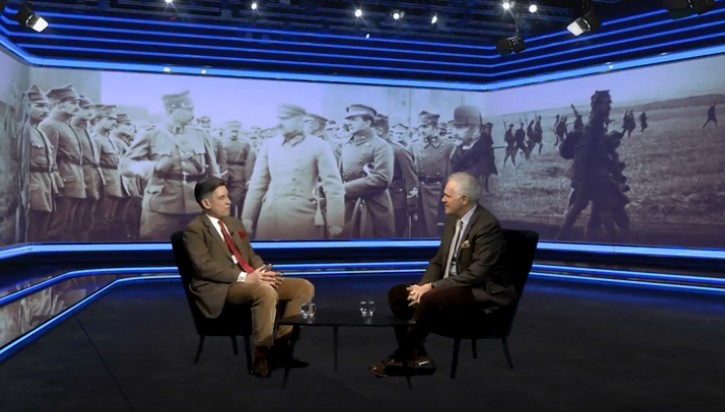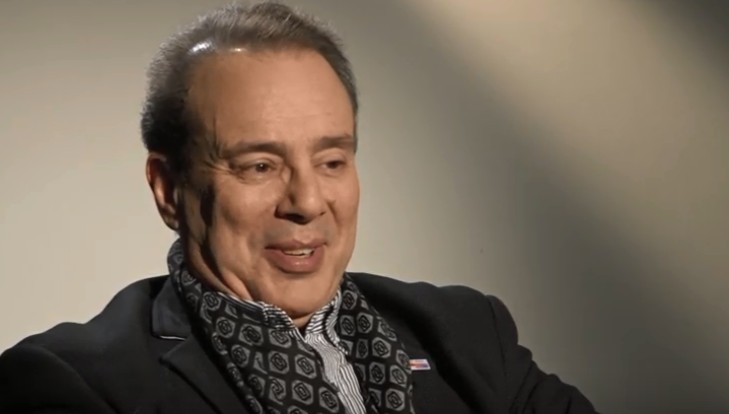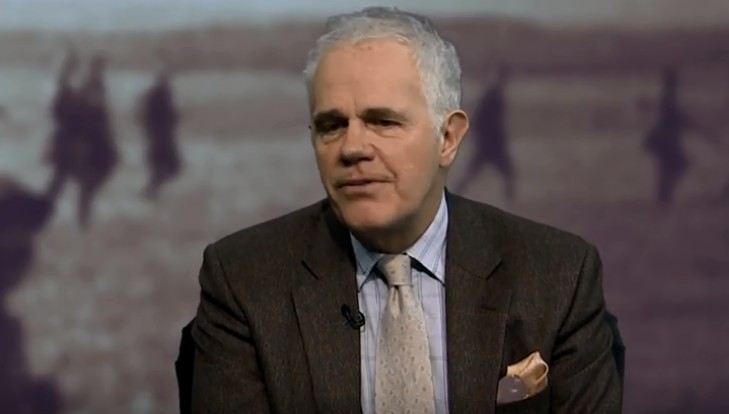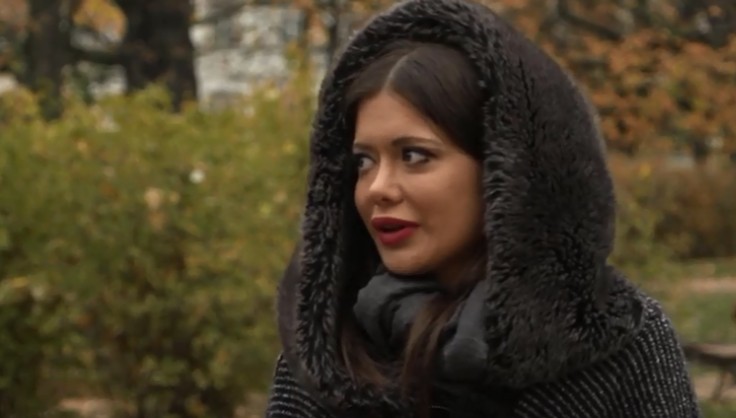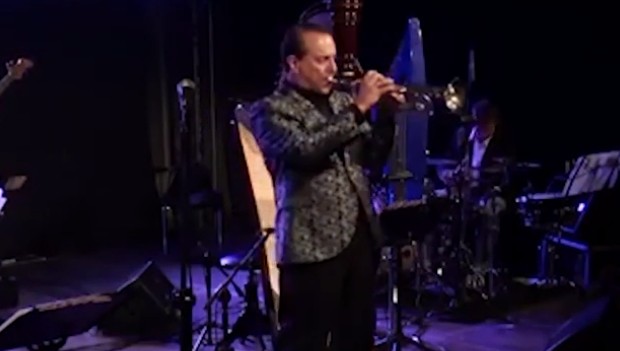On Sunday, the next final of the Great Orchestra of Christmas Charity will take place across Poland. Today during a pre-event press conference, Jerzy Owsiak, the author of the project. spoke about how he interested the Chinese ambassador in the project, and that he was given a woven silk picture with a fish motif to be sold at an auction during this year’s final.
”A big thank you to all those from across the world, who back the charity gig. A special thanks to the Chinese Ambassador, who was the only one to answer our questions, and we sent them to all embassies, as we do every year – could you support us with some gadget? And the Chinese ambassador said – I’d like to meet you, Mr Owsiak. And for an hour, the ambassador of China, a world superpower, was listening about what our foundation is doing. He did not talk about China. I did talk about Poland”- says Jerzy Owsiak, President of the Great Orchestra of Christmas Charity.

